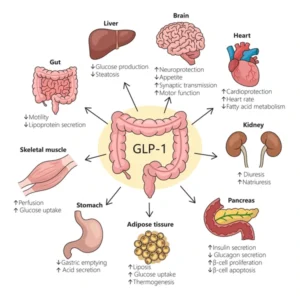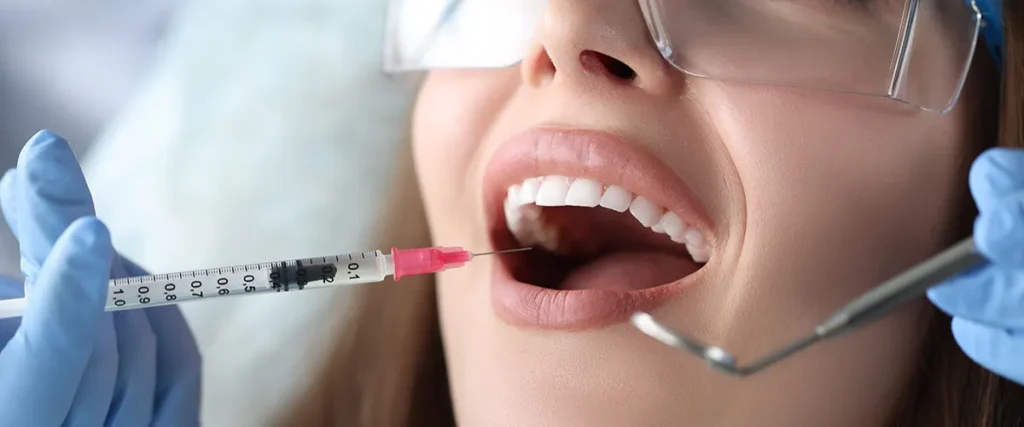Unlocking the Blueprint: Classification of Drugs in Pharmacology

Ever felt like you’re drowning in a sea of drug names, mechanisms, and categories? Don’t worry—pharmacology isn’t just about memorizing lists. It’s about understanding the logic behind the chaos. That journey starts with one essential concept: the classification of drugs in pharmacology.
Let’s dive into this foundational topic with a student-friendly lens — and just a dash of creativity to make it stick.
🧠 Why Do We Classify Drugs?
Imagine walking into a library with no sections. Chaos, right? That’s what pharmacology would be without classification. The classification of drugs in pharmacology helps us:
Organize drugs based on their action
Understand their mechanisms
Predict their effects and side effects
Learn faster and prescribe smarter
Whether you’re preparing for an anaesthesia viva or pharmacology MCQs, understanding the classification of drugs in pharmacology gives you a solid foundation.
🧪 Major Systems of Classification of Drugs in Pharmacology
1. Based on Therapeutic Use
Analgesics
Antipyretics
Antihypertensives
Antidepressants
This is the most intuitive classification of drugs in pharmacology, especially helpful for clinicians and beginners.
2. Based on Mechanism of Action
β-blockers (block beta receptors)
ACE inhibitors (inhibit angiotensin-converting enzyme)
NSAIDs (inhibit cyclooxygenase enzymes)
Mechanism-based classification is especially useful in anaesthesia, where drug action can directly affect the CNS, CVS, or respiratory system.
3. Based on Chemical Structure
Benzodiazepines
Sulfonamides
Barbiturates
This classification of drugs in pharmacology is helpful when understanding drug interactions and side-effect profiles.
4. Based on Source
Natural (e.g., morphine from opium)
Semi-synthetic (e.g., heroin)
Synthetic (e.g., fentanyl)
In anaesthesia, understanding the source helps when dealing with allergies or cross-sensitivity.
5. Alphabetical or Numerical Systems
Used mainly in drug indexes and databases but still a recognized part of the classification of drugs in pharmacology.
💡 Quick Tips to Master Drug Classification
Mnemonics help: Use memory tricks to remember classes (e.g., “LOVe My Heart” = Labetalol, Oxprenolol, Verapamil for cardiovascular drugs).
Group learning: Study drug classes, not just individual drugs.
Flashcards: Great for rapid recall and exam prep.
By focusing on the classification of drugs in pharmacology, you shift from memorizing to understanding, which is exactly what you’ll need in clinical practice and competitive exams.
📚 Final Dose of Wisdom
The classification of drugs in pharmacology isn’t just a chapter—it’s the language of medicine. Once you learn how to “speak” it, every drug starts making sense. From anaesthetics to antiemetics, classifications help you think like a clinician.
Explore more topics like receptors, drug interactions, and pharmacokinetics only on AnaesthesiaNotes.com—your go-to space for simplified, exam-ready content.






 1. General Anaesthesia
1. General Anaesthesia 2. Regional Anaesthesia
2. Regional Anaesthesia 3. Local Anaesthesia
3. Local Anaesthesia 4. Sedation (Conscious Anaesthesia)
4. Sedation (Conscious Anaesthesia) Choosing the Right Type
Choosing the Right Type Conclusion
Conclusion